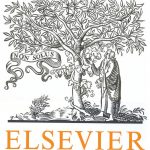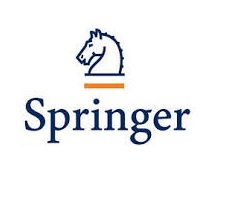Abstract
The problem of recognizing nano-scale images of lattice projections comes down to identification of crystal lattice structure. The paper considers two types of fuzzy neural networks that can be used for tackling the problem at hand: the Takagi-Sugeno-Kang model and Mamdani-Zadeh model (the latter being a modification of the Wang-Mendel fuzzy neural network). We offer a threestage neural network learning process. In the first two stages crystal lattices are grouped in non-overlapping classes, and lattices belonging to overlapping classes are recognized at the third stage. In the research, we thoroughly investigate the applicability of the neural net models to structure identification of 3D crystal lattices.








